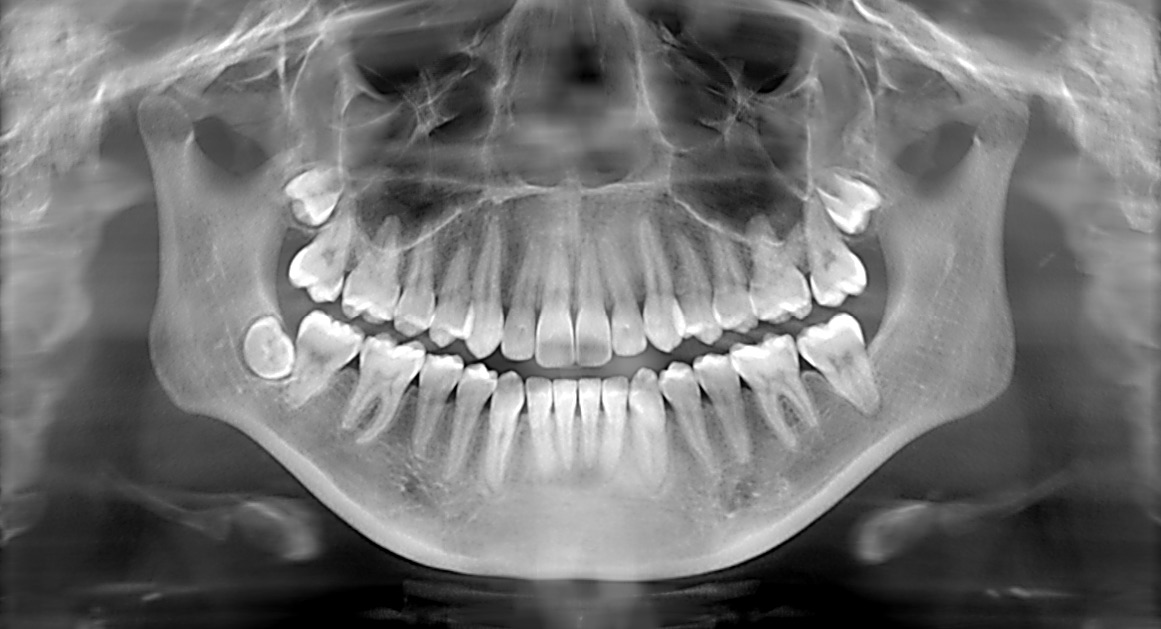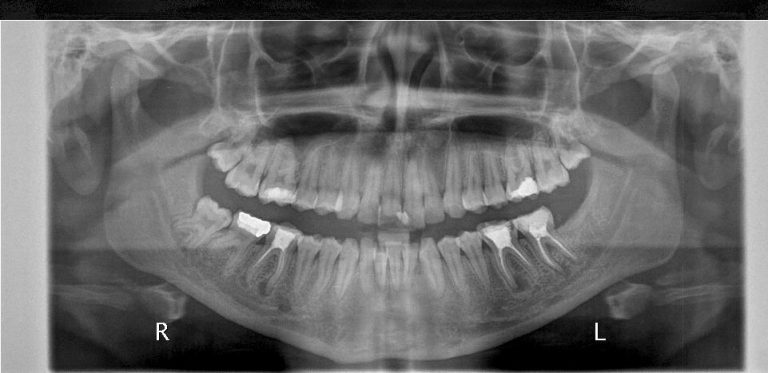
Panorama x rays license#
The technology is regulated by state and local authorities, and dentists must license their equipment and have it inspected annually. The Food and Drug Administration publishes safety guidelines for x-ray operation. Over the years, technology has brought about significant advancements in the safety of dental x-rays.ĭentists and dental hygienists are trained to adhere to strict safety standards for the use of x-rays in a dental office setting. Though radiographs work by emitting radiation, the amount is very small and is considered perfectly safe. The procedure is quick and rarely has any side effects.

Cavities, infections, and other conditions show up as dark spots on the lighter image of the tooth.
Panorama x rays full#
Full mouth series: A series of about 20 x-rays used to establish a baseline of the patient’s overall dental health these are generally taken at a first visit.Periapical x-rays: Used to evaluate a single area, for instance, if the patient is experiencing pain or the dentist is performing a root canal.Bitewings: Used to detect decay between teeth or periodontal (gum) problems.The most common types of dental x-rays are: X-rays are important for helping dentists find and treat dental problems early-on, before they cause pain, discomfort, infection, or more serious health problems.ĭentists use different types of dental x-rays to, for example, monitor dental development in children, detect cavities between teeth, evaluate orthodontic issues, and check the progress of restorations like root canals. Also called radiographs, dental x-rays are a non-invasive tool that helps dentists detect and diagnose various issues that cannot be seen with the naked eye. Understanding how dental x-rays work can help alleviate concerns about their use on pregnant patients. In fact, the American Dental Association (ADA) and the United States Food and Drug Administration (FDA) have determined that they are safe for everyone, including children and pregnant women.īecause X-rays can quickly diagnose problems that could affect a mother’s health, their benefits are considered to outweigh any risks.

The amount of radiation produced by dental x-rays today is minimal, and the fetus will not be exposed at all. While pregnant parents might be concerned that radiation exposure could harm their baby, dental x-rays focus only on the patient’s mouth. Luckly, dental x-rays are not on that list. While x-rays are considered very safe for most patients, what about for pregnant people? Pregnant women are often told a list of things to avoid during this important time to keep them and their baby safe and healthy. Dental x-rays are an important part of every dentist’s toolkit for detecting cavities and other issues in a patient’s mouth.


 0 kommentar(er)
0 kommentar(er)
